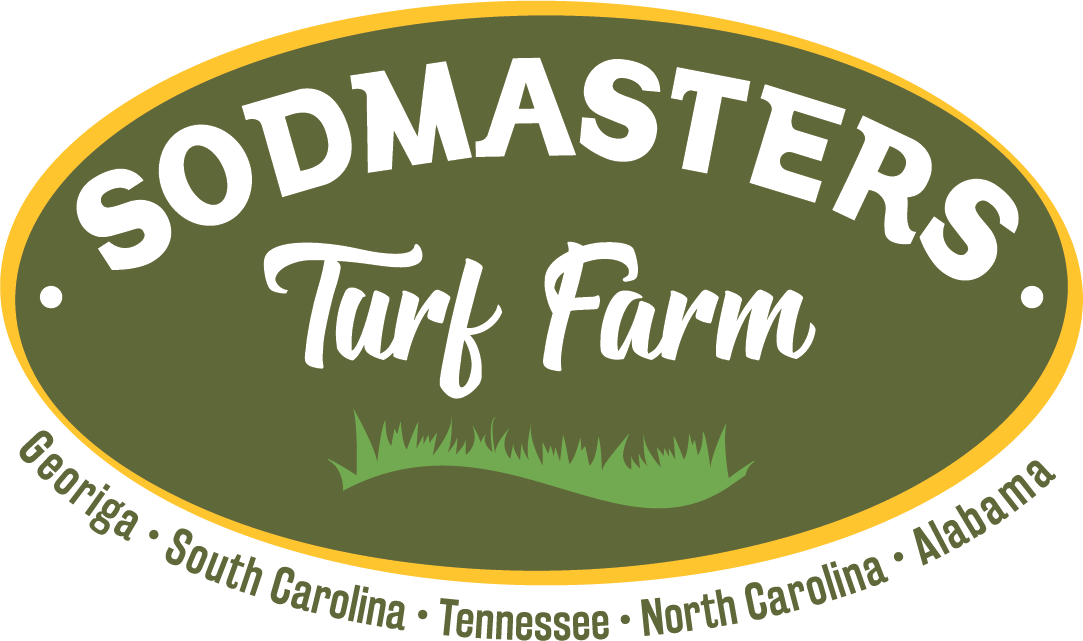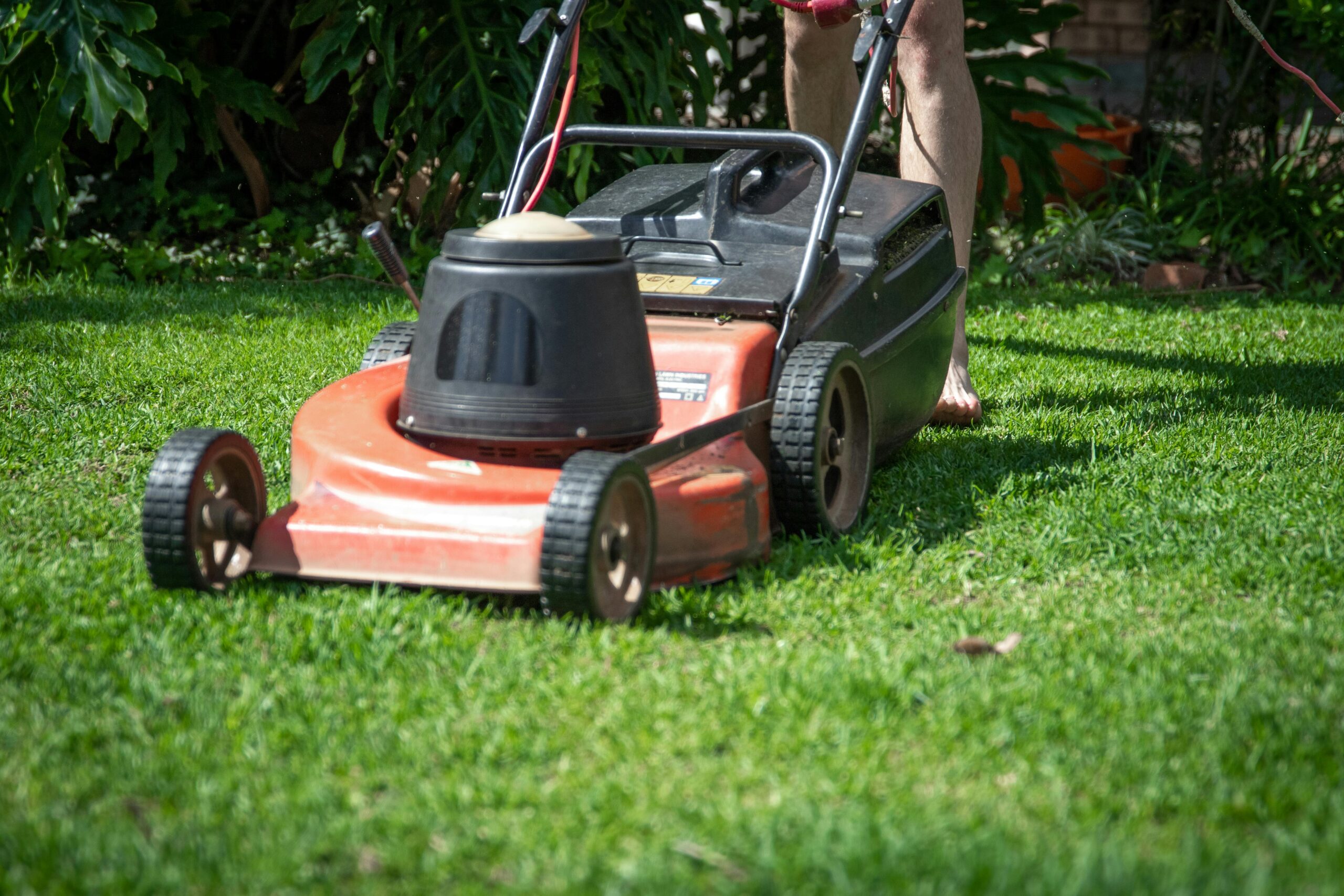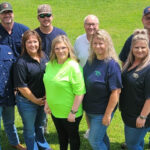1. MYTH: You can water your lawn any time of day.
Watering your lawn early in the morning, between about 6 a.m. and 8 a.m., when evaporation rates are low, is the best time. Watering early allows grass plants to have plenty of time to dry during the day. Night watering causes excess humidity and can cause lawn diseases.
2. MYTH: Grass clippings are bad for the lawn.
Think of green grass clippings as free fertilizer. Your mower can chop and recycle clippings directly into the soil without bagging them. Grass clippings break down quickly, and are full of nitrogen, which grass plants need. If you’re mowing your lawn regularly, just keep the mulching attachment on the mower.
3. MYTH: If you cut your grass very short, you will not have to mow as often.
Short blades of grass plants have a hard time producing the nutrients the plants need to survive. They can’t shade the soil properly, which leads to increased evaporation and eventually to brown patches of dead grass. Cutting the grass too short also makes your lawn vulnerable to opportunistic weeds.
The rule of thumb for mowing is to never cut off more than one-third of a blade of grass. You’ll need to mow more frequently in the growing season, but your healthy lawn will resist weeds, tolerate drought, and look terrific.
4. MYTH: Irrigation systems save water.
Water conservation and in-ground sprinkler systems do not necessarily go hand in hand. Too often, these systems are programmed to water a little bit every few days, whether the lawn needs it or not. A properly installed irrigation system can help you stay on top of your watering routine if you live in a dry climate. However, if you live in a mild climate that gets regular rainfall, a sprinkler and hose are sufficient, and may even save water.
5. MYTH: Lawns are bad for the environment.
Lawns are a good thing. A healthy lawn helps clean the air, trap carbon dioxide, reduce erosion from stormwater runoff, improve soil, decrease noise pollution, and reduce temperatures. In addition, they make the perfect frame for flowerbeds, while providing families with a great space to play.



